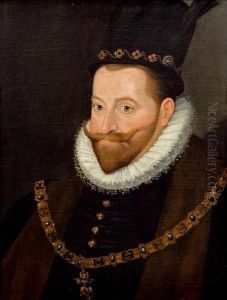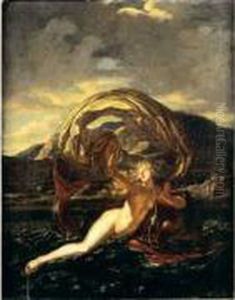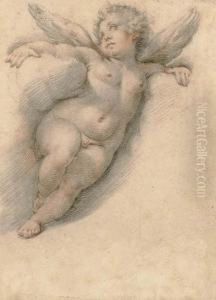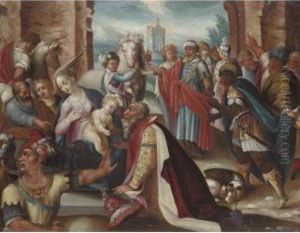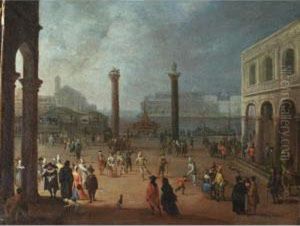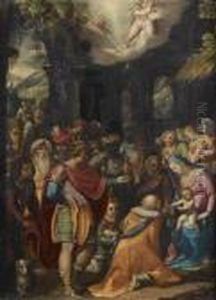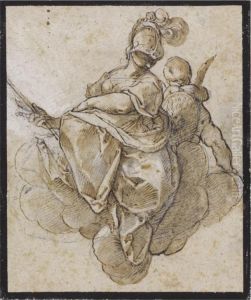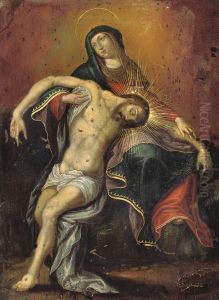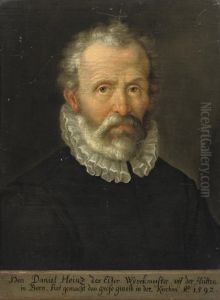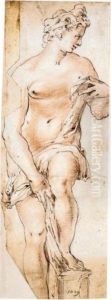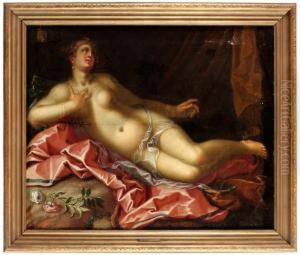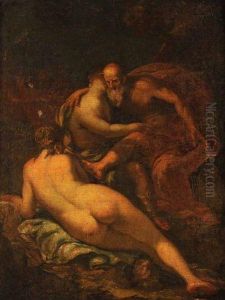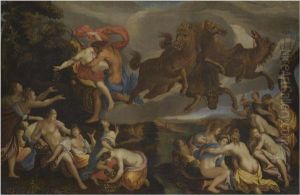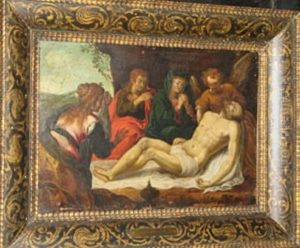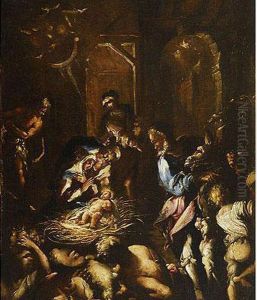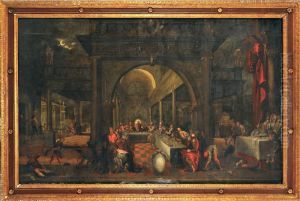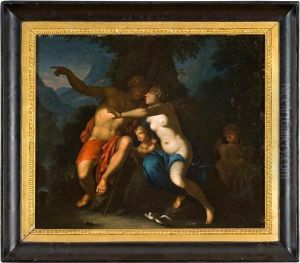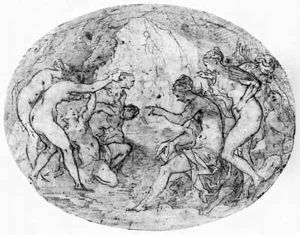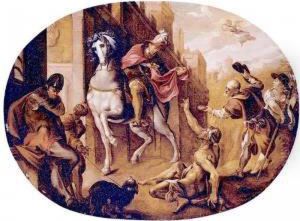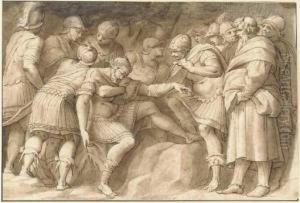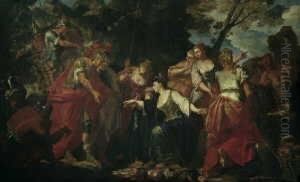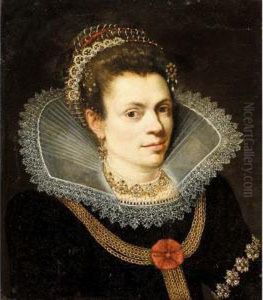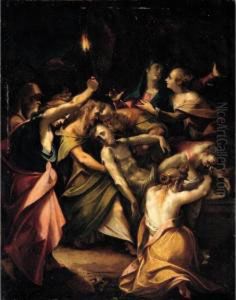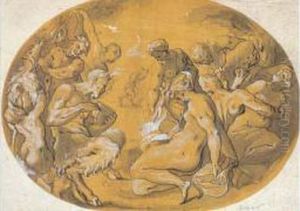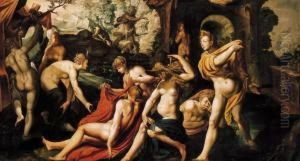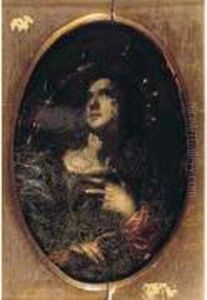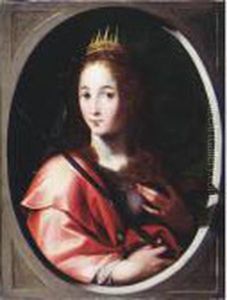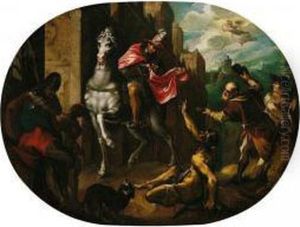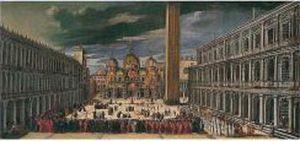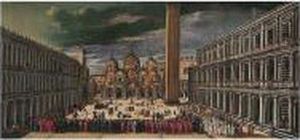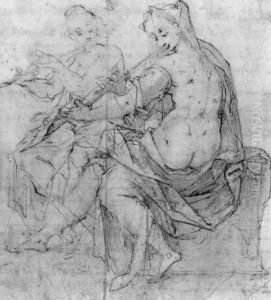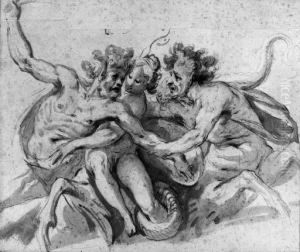Joseph Heinz I Paintings
Joseph Heinz I was a Swiss-born painter known for his work during the late Renaissance period. Born in Basel, Switzerland in 1564, Heinz developed his artistic skills in the milieu of the late 16th century when the Renaissance was at its peak in Europe. Heinz's work was characterized by a strong influence of the Italian Renaissance, which he was exposed to during his extensive travels in Italy.
Heinz's journey to Italy played a crucial role in shaping his artistic style. He is known to have spent significant time in Venice, a hub for Renaissance art, where he was exposed to the works of great masters like Titian and Tintoretto. Heinz's exposure to the Venetian colorism and mastery of light and shade greatly influenced his palette and brushwork.
After honing his skills and aesthetic sensibilities in Italy, Heinz returned to the German-speaking regions, where he became well-known for his portraits, religious scenes, and mythological subjects. His paintings were praised for their vivid detail, use of color, and the lifelike quality of the figures he portrayed.
Joseph Heinz I's contributions to art were not limited to his paintings. He also served as a mentor to several artists, passing on the techniques and styles he had acquired during his Italian sojourn. His influence extended beyond his own immediate circle as he played a part in disseminating the Italian Renaissance style in the northern regions.
Heinz's career was relatively short, as he died at the age of 45 in 1609. Despite this, his legacy lived on through his works and the artists he influenced. Today, his paintings can be found in various art museums, and they continue to be studied for their exemplary representation of the Renaissance ideals of beauty, harmony, and skill.
